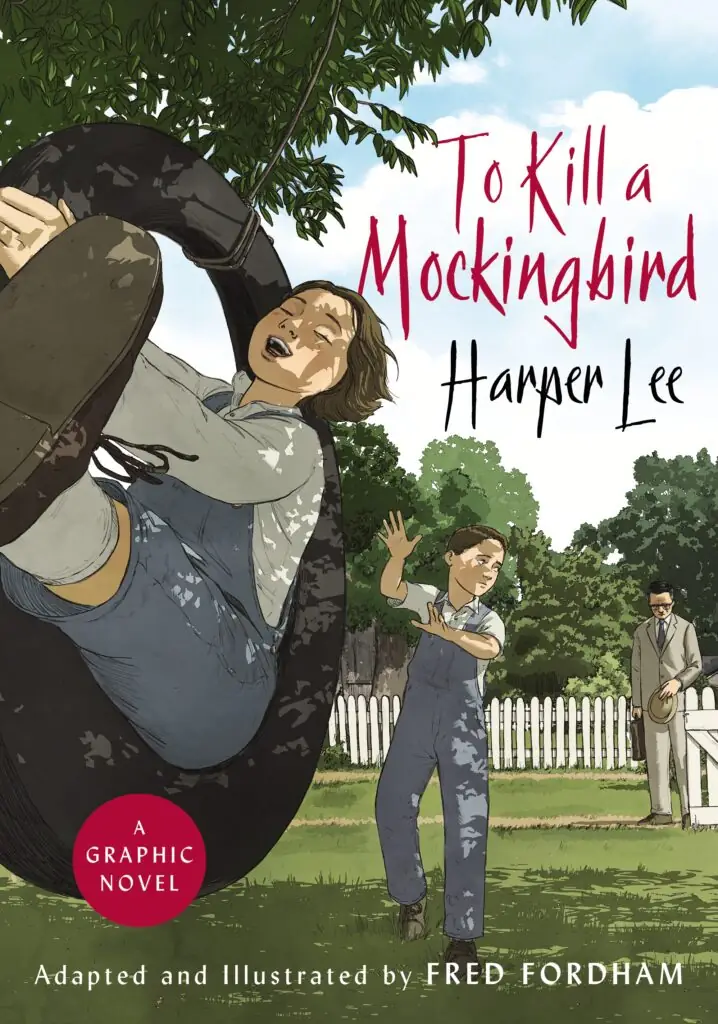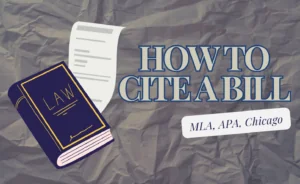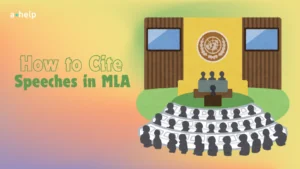Citing textual evidence is critical to academic writing, professional communications, and even everyday discussions where arguments need to be supported by facts. Your ability to reference specific parts of a text improves credibility and strengthens your arguments, allowing you to present a well-rounded and persuasive case. For this reason, we wanted to give you a quick overview of how to cite evidence effectively, using one method in particular – the RACE strategy.

✅ AI Essay Writer ✅ AI Detector ✅ Plagchecker ✅ Paraphraser
✅ Summarizer ✅ Citation Generator
Introduction to Citing Text Evidence
The core reason for citing evidence is to lend credibility to an argument, showing the audience that the points being made are not just based on personal opinion but are backed by solid references. This practice is foundational in academic settings. There, the questions that students need to respond to are often constructed in a way that requires citing of evidence to support their answers. However, how can we make this process more quick and effectice? The answer lies in the RACE strategy, which is a special framework called to streamlines the process of citing textual evidence.
What is the RACE Strategy?
The RACE strategy stands for Restate, Answer, Cite evidence, and Explain. It is a methodical approach designed to help individuals construct well-structured answers that include textual proof. Let’s break down this method a little bit so you have some kind of impression on what we are going to talk about further.
- Restating the question or prompt in the introduction of the answer helps the writer to set the stage for a clear response.
- The direct answer, taht follows afterwards, presents the key point or thesis of the question.
- After we’e given an answer, we can move on to citing evidence, where we will integrate specific examples from the text to support the answer.
- Finally, we can move on to explaining our evidence. Here, it’s important to elaborating on how the cited examples support the argument we made.
This structured approach not only helps in organizing thoughts but also makes sure that the necessary components of a well-supported argument are present. Just like how to cite the constitution you have to be precise and factual. Let’s explore each step with actual examples to better illustrate how this strategy can help you with the process of citing textual evidence.
Restate
Restating basically means paraphrasing the original question or statement within your answer. This step demonstrates your understanding of the question and sets the stage for your response.
| Original question |
| “What are the main themes in ‘To Kill a Mockingbird’?” |
| 👍 Restated introduction |
| “The novel ‘To Kill a Mockingbird’ primarily explores themes such as racial injustice and the loss of innocence.” |
Answer
By answering directly, you respond to the question and therefore briefly present your main argument or thesis. You should stay clear and concise here, providing a straightforward statement of your position or understanding.
| 👍 Answer |
| “One of the central themes is racial injustice, which is depicted through the trial of Tom Robinson and its impact on the town of Maycomb.” |
Cite Evidence
Citing evidence is where you integrate specific examples from the text to support your answer. This involves quoting or paraphrasing passages and pointing out where in the text your evidence can be found. Don’t forget to use quotation marks appropriately for direct quotes and to provide context for your citations or let a legal citation machine handle it.
For instance, to support the theme of racial injustice, you might cite evidence by saying,
| 👍 Citing evidence |
| “Harper Lee illustrates this theme through the character of Atticus Finch, who states, ‘In our courts, when it’s a white man’s word against a black man’s, the white man always wins.’ (Lee, 1960, p. 295).” |
Explain
When explaining, you elaborat on how your cited evidence supports your answer. This step connects your evidence back to your main argument, demonstrating a deeper understanding of the text.
After citing evidence, an explanation could be structured the following way,
| 👍 Explanation |
| “This quote highlights the deeply ingrained racial biases within the judicial system of Maycomb, underscoring the novel’s critique of racial injustice and its effects on individuals and society as a whole.” |
To put it all together, here’s how an integrated response using the RACE strategy might look:
| Original question |
| “What are the main themes in ‘To Kill a Mockingbird’?” |
Response: ⬇
“The novel ‘To Kill a Mockingbird’ primarily explores themes such as racial injustice and the loss of innocence. One of the central themes is racial injustice, which is depicted through the trial of Tom Robinson and its impact on the town of Maycomb. Harper Lee illustrates this theme through the character of Atticus Finch, who states, ‘In our courts, when it’s a white man’s word against a black man’s, the white man always wins.’ (Lee, 1960, p. 295). This quote highlights the deeply ingrained racial biases within the judicial system of Maycomb, underscoring the novel’s critique of racial injustice and its effects on individuals and society as a whole.”
By following the RACE strategy and using actual examples, you can effectively structure clear and relevant responses that add depth to your argumentation. This method not only help in organizing thoughts but also in demonstrating a deep understanding of the text and its main topics.
However, there are a few nuances that you have to be aware of. The first one is the use of quotation marks. Don’t forget them when referencing direct quotes from a text, as they indicate that you took those words verbatim. Furthermore, you have to understand and use citation styles relevant to the discipline or context you write on. This will help you appropriately format your references and avoid unintentional plagiarizing. A quick tip: sentence starters and tags for dialogue can also help with introduction of quoted or paraphrased evidence effectively, as they let the reader or listener easily follow the argument’s progression.
Adapting the RACE Strategy for Distance Learning
Even in the case of distance learnign , the RACE strategy remains a valuable tool for teaching students how to cite evidence effectively. Digital resources such as Google Docs often offer collaborative platforms where teachers can share templates, sentence stems, and color-coded examples to guide students through the response building process.
Moreover, interactive activities facilitated through online tools, can further engage students in practicing citing evidence, with digital resources providing immediate feedback and opportunities for revision. This adaptation help develop the skill of citing textual evidence even in a remote learning setting.
Conclusion
It’s hard to argue that citing textual evidence is useful skill that can help you get far in your academic writing as well as in other more professional fields. Following the RACE strategy and using our tips on referencing, you, as students, can create well-structured and compelling responses (which no professor could argue with).
FAQ
Follow us on Reddit for more insights and updates.






Comments (0)
Welcome to A*Help comments!
We’re all about debate and discussion at A*Help.
We value the diverse opinions of users, so you may find points of view that you don’t agree with. And that’s cool. However, there are certain things we’re not OK with: attempts to manipulate our data in any way, for example, or the posting of discriminative, offensive, hateful, or disparaging material.